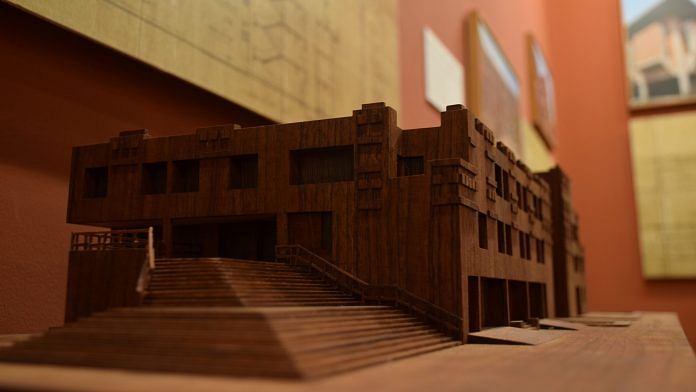New Delhi: In the early 1970s, when architect CP Kukreja returned to Jawaharlal Nehru University, he was dismayed to see posters plastered on the walls of the institute he had designed. But the word of advice from first vice-chancellor Gopalaswami Parthasarathy changed his thinking towards architecture and his own work.
Parthasarathy ordered a cup of tea for him and said: “You should be so proud that your building has turned out to be successful because in this university, it’s not just the voices that speak in the classroom. It’s the voice of the people here coming across through your building. So, as an architect, what more can you desire.” CP Kukreja’s son, Dikshu Kukreja shared this anecdote at the India Art Fair earlier this month. Over the years, as JNU emerged as a voice of resistance, its walls were the canvas calling for change.
The university’s rich history is well documented, but there is little information on how it was designed. For the first time since its establishment in 1969, documents, blueprints, and images from the archives of the CP Kukreja Foundation for Design Excellence were displayed in an exhibition called ‘The Masterplan’.
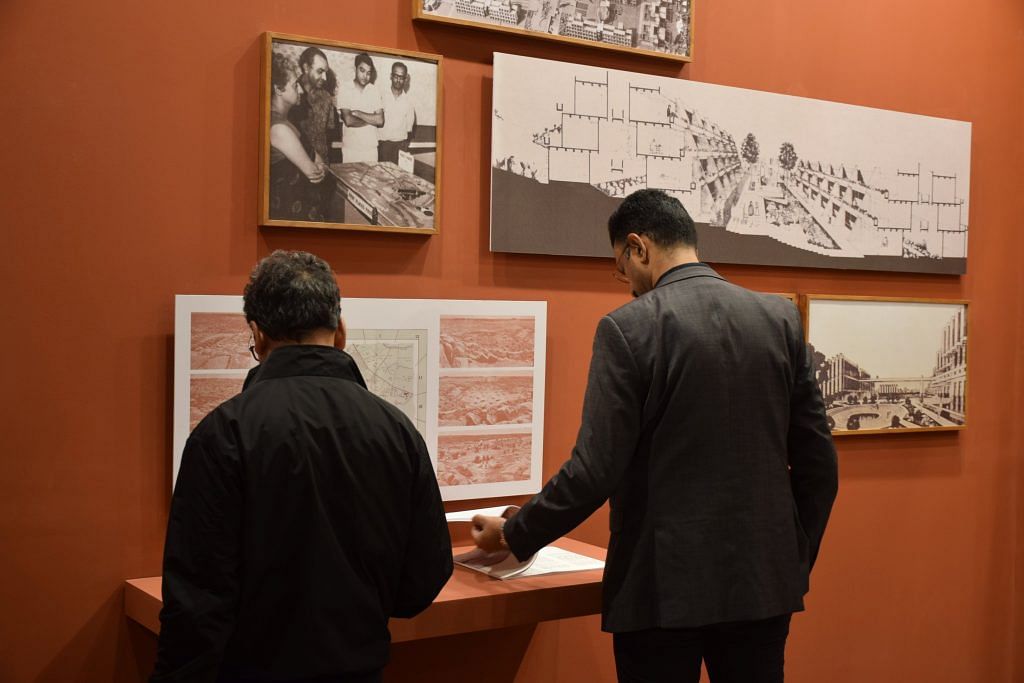
The selection of archival material showed the intersection of architecture, climate, and nation-building. It traced the emergence of the first attempt in South Asia to create a vast university model where an institution is imagined as a micro-city. During the exhibition, artist-curator Vishal Dhar and Kukreja discussed how CP Kukreja gave shape to JNU.
“Where most major universities of the world define their presence through the regimental and the classical forms of imposition, JNU’s masterplan, in its uniqueness, expresses an absence of the built,” said Dhar.
The need for a JNU
By the late 1950s, Delhi University was facing a crisis of numbers—too many students and too few seats. MC Chagla, education minister between 1963 and 1967, approached Nehru who agreed to build a new university.
“We had many universities like Delhi University, AMU, Jadavpur and also IITs at that time,” said Dhar. But Nehru wanted a centre for higher learning that was on par with the rest of the world.
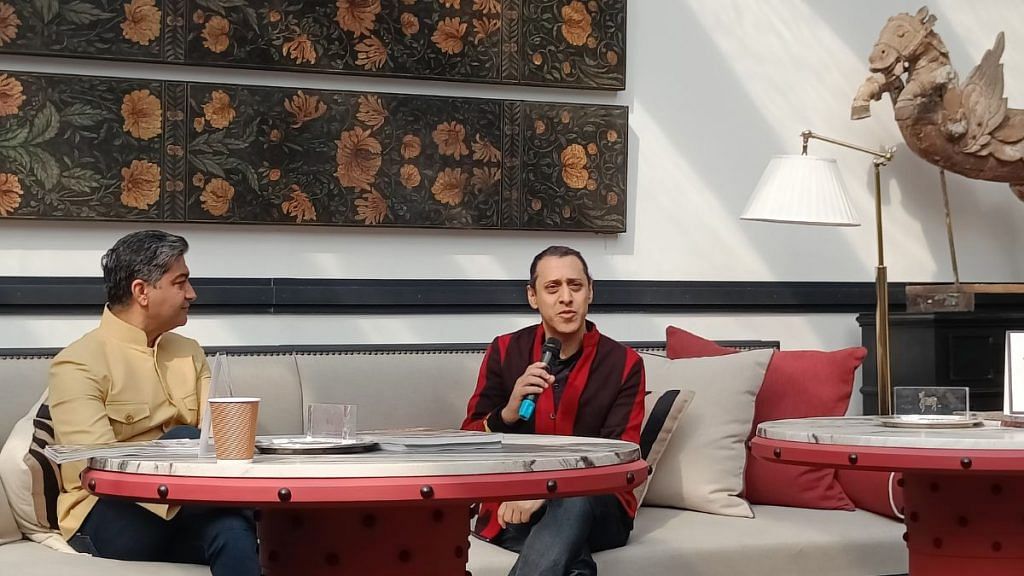
The campuses coming up at the time were an import of Western ideologies. “The notion was that on a campus, one side has faculty houses and the other end has students’ houses. They are not supposed to come together except in the classrooms. JNU changes this notion completely,” said Kukreja. Its architecture allows for faculty and students to come together outside the classroom, a revolutionary idea for India at the time.
CP Kukreja was only 32 years old when his vision for JNU was selected from a pool of 68 entries. A national design competition was held in 1969, which Kukreja won. At that time, he ran a two-people office in Delhi.
Not everyone was convinced about his work, especially senior architects, who questioned how a young man could be given such an important national project. This outrage went right up to the office of then-PM Indira Gandhi, said Kukreja. He recalled Gandhi’s response to the controversy, saying that a young man designing the university named after him is exactly what her father would have wanted.
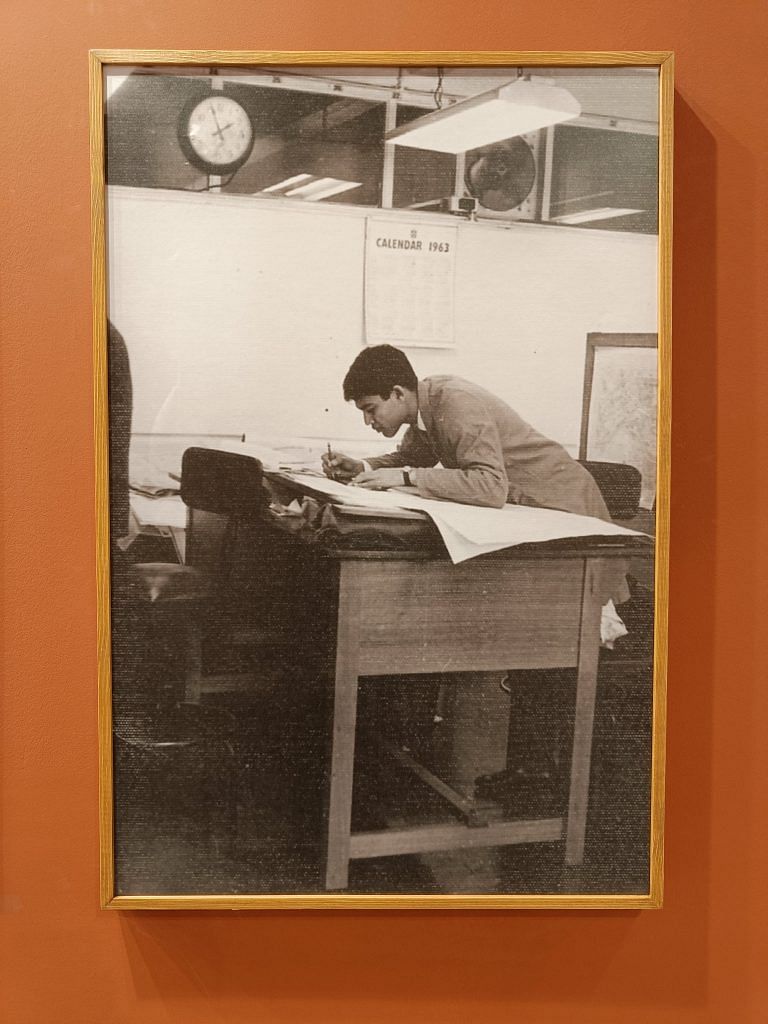
‘The Masterplan’ was more than a celebration of a dream successfully becoming reality. It’s a snapshot of a moment in India’s history—of nation-building and the role of architecture in it. The exhibition featured 50-year-old hand-drawn master plans, models, images, and documents.
“JNU is a symbol of Indian modernism. The architecture encapsulates the values of growth, learning, and innovation through its spatial and earthly design,” said Arunima Kukreja, director, CP Kukreja Foundation for Design Excellence.
Incorporating the values
CP Kukreja implemented a climate-responsive approach using architectural devices to integrate natural light and round-the-clock ventilation. The School of Computer and Systems Sciences, completed in 1981, has screen walls designed to facilitate passive cooling. It was originally intended for computing equipment.
This building played a major role in CP Kukreja winning the campus design competition. “People think that architecture is about making bold statements by flattening the campus and removing trees. JNU was a complete departure [from this trend],” said Kukreja.
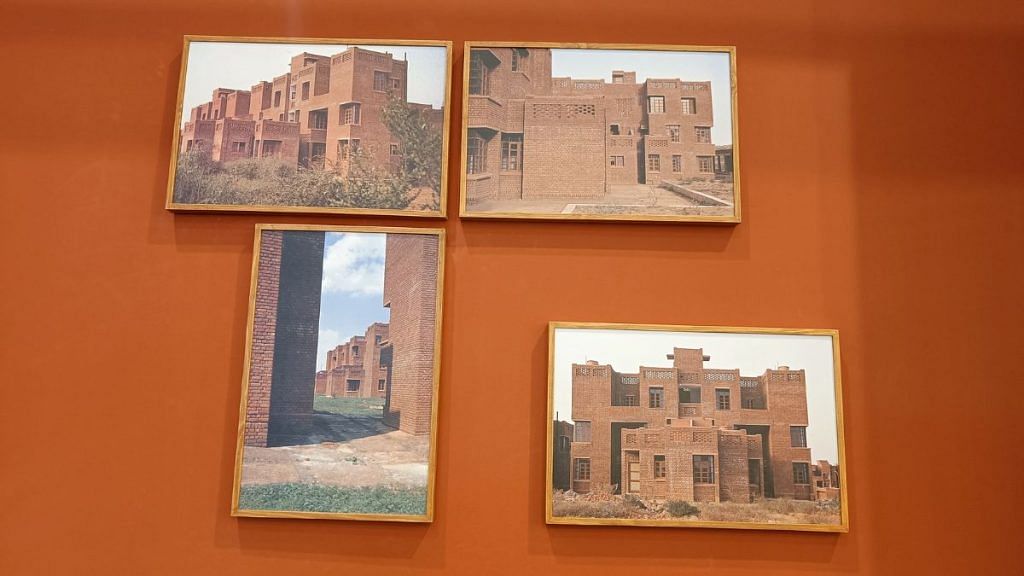
JNU stands on the terrain of the Aravallis where the soil is very reddish in colour. This is reflected in the buildings, which look like they are emerging from the earth. “His approach towards architecture was not form-making or buildings shouting for attention or reflections of stylistic references. These buildings evoked a different sense of emotion,” said Kukreja, who incorporated certain values from his father into the design of Gautam Buddha University in Greater Noida.
He also draws from Winston Churchill who said, ‘First we shape our buildings, then our buildings shape us.’
“Nothing describes my approach to university design better. The whole approach towards architecture is changing. It becomes more important for people to go back in time and see how JNU came,” said Kukreja.
(Edited by Prashant)


